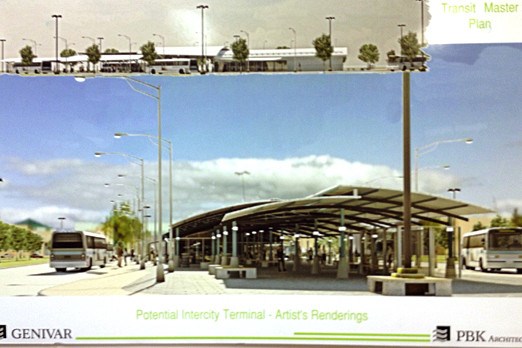Thunder Bay’s transit plan is still a few years away from being put to use, but it will be good news when it does, says the head of the local transit union.
City council approved the plan in principle earlier this month. One of the main changes will see a new route system with five key transfer points throughout the city. That will mean less transfers, more frequent service and decreased wait times.
Amalgamated Transit Union president Sheila Kivisto said the change will help everyone from riders to drivers.
As more and more people from college and university students to shoppers need service to different parts of the city, the current Water Street terminal to city hall corridor isn’t efficient anymore.
“The system isn’t working right now,” she said. “The old system can’t contain that anymore… (the new plan) is a very positive thing.”
The route change will call for a new central terminal somewhere in the intercity area. While no location or costs have been approved, the forecast calls for up to $7.9 million for the new facility.
City transit manager Brad Loroff said finding a sites and evaluating them will be the next step in the process with a recommendation expected before council in the fall. That means the plan probably won’t hit the gournd until around 2014.
“From a passengers perspective you wouldn’t be expecting to see any major changes to routing or the creation of a new terminal until somewhere around that timeline,” he said.
Kivisto said the current Lakehead Labour Centre would be her ideal location for a new terminal.
“We’d be right in the hub of the shopping centres and everything else,” she said.
Another major part of the plan is to try and increase ridership up to five million rides in the next five years. On top of unreliability and frequency of service, non-riders have said they don’t feel safe or comfortable taking transit. Loroff said that’s why there are calls for everything from heated shelters to better lighting in the plan.
With 49 busses currently, the plan does not call for more vehicles on the road to accommodate the 40,000 plus hours of increased service. Loroff said it’s hoped that the $2 million increase in operating costs will be offset by increased ridership.
The city will also use the plan to identify under-used routes such as Neebing and how to address them.
“What we’ll be looking at doing is not necessarily cancelling it altogether but taking a look at ways to revise the service,” Loroff said.
